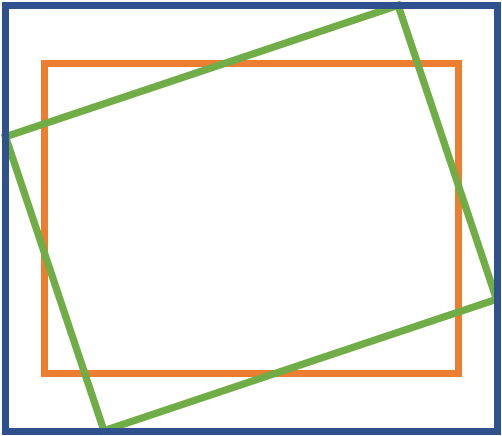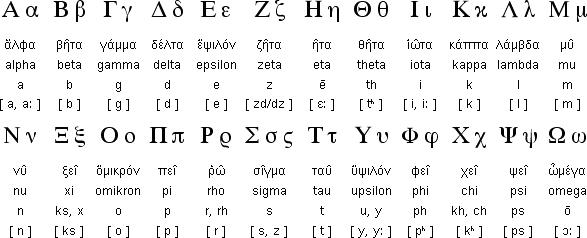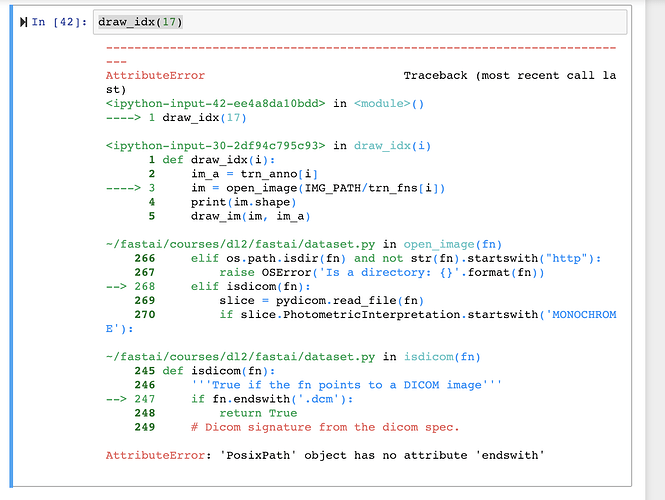…I did not…
teaming up!
I have been playing with a kernel to detect ship presence first.
It seems there is no alias to data folder in the dl2 folder (contrary to dl1).
I just figured out how to create one on linux terminal to make the notebook work.
cd into dl2 folder, then :
“ln -s ~/data”
At the end of the pascal notebook, Jeremy unfreezes to layergroup -2. Then does lr find with the following result

From this graph, he chooses for the next iterations lr=5*10^-3
Can anyone explain to me wy he chooses such value ? (The graph doesn’t look like the usual “decrease then increase” graph…)
Thanks a lot !
Hi I had the same question. that, will rotating the input image, will rotate bounding box co-ordinates.
Does CoordTransform achieve this?
Does CoordTransform increases accuracy?
Pay attention to which cells are actually run. He got me too! These commands are not supposed to be run in succession, just skip the second sched.plot. I believe that is used earlier to test which values would work better when unfreezing last two layers!
No need really for a second lr_find here, or you can try it with lr_find(lrs) instead of lrs/1000.
Hello dude, I got the same error.
This fixed open_image(str(IMG_PATH/im0_d[FILE_NAME]))
“str()”
Pd: I’m using paperspace and just git pull
CoordTransform takes to coordinates as input (top-left and bottom-right). On rotation (or other transformations), internally (in class CoordTransform):
- it draws a rectangle (y = CoordTransform.make_square(y0, x)) - red in attached picture:
- rotates this rectangle (y_tr = self.do_transform(y, True)) - green in attached picture
- grap the new top-left and bottom-right (return to_bb(y_tr)) - blue in attached picture
So the return is a new bounding box (not rotated) that’s larger than the original.

I was thinking it will return green box. Thanks for clarification.
I had the exact problem and it (finally!) got resolved by opening the Command Palette and running ‘Python:Build Workspace Symbols’.
I understood what I was asking.
During Lesson 8 - is anyone else having facing an error >> AttributeError: 'PosixPath' object has no attribute 'endswith'?
This occurs during:
im = open_image(IMG_PATH/im0_d[FILE_NAME])
then further down during:
draw_idx(17)
Here’s a screenshot of the specific lines that triggered the error in dataset.py (see below). I went into dataset.py to investigate and thought after reading this StackOverflow response that it might be formatting issue where endsWith() expects a string, but changing fn.endswith('.dcm'): to fn.toString().endsWith('.dcm'): did not help 
Any help with this error is appreciated!
Update (with answer):
After much debugging, I discovered that the error was being probably caused by a wrong version of Python + that specific version of .endsWith() requiring a str type object.
For some subsequent lines where IMG_PATH is being read in, I added str()
I’m going through Part 2 right now and I’ve written a series of posts on my understanding of the content in lectures 8 and 9. Might be helpful for beginners.
Series starts here. Cheers.
Followed the instructions but on hitting Cntrl+t VS Code prompts to install ctags. Not able to search keywords. Any solution??

with correspondence with english letters!
 I think more simple!
I think more simple!
Hi @ramon,
I am interested in the code of rotated boundingbox using fastai v1, can you please share with me? thanks
It has been a long time ago, I made a repo back then at https://github.com/ramonhollands/airbus-challenge which you can check out. Hope that helps!
Why is MSE chosen as the loss function in our model? Should we have used Cross-Entropy loss for a classification problem?
